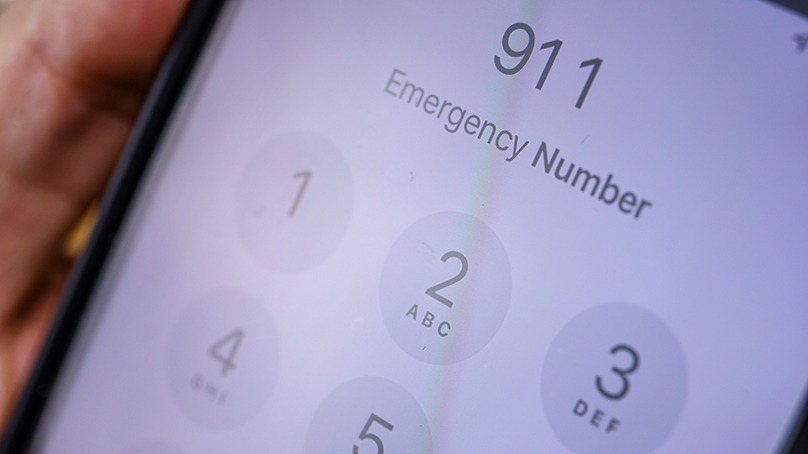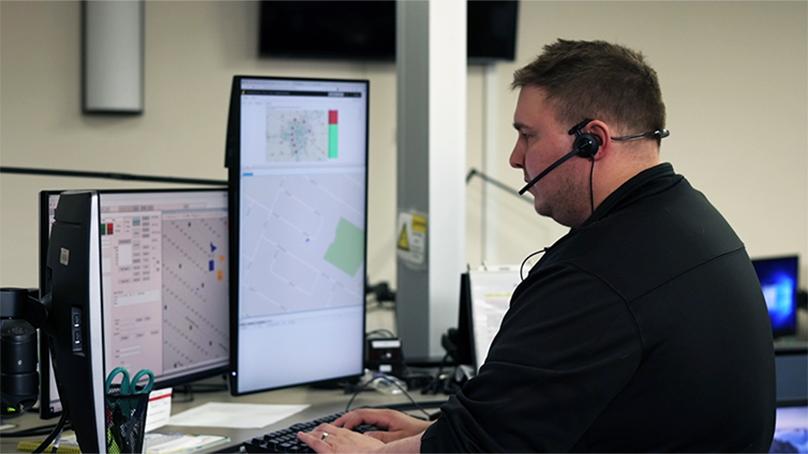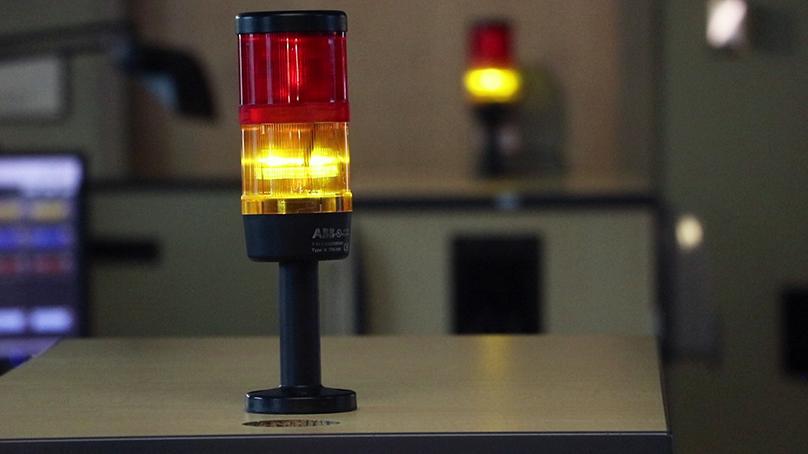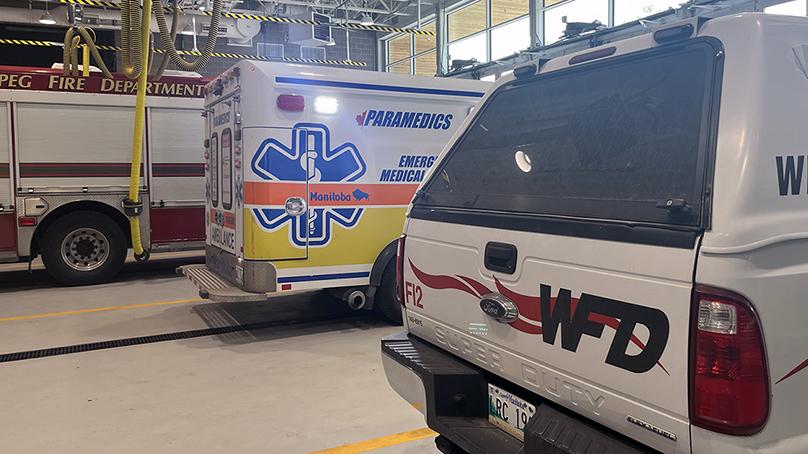
Last year, call-takers at the Winnipeg Fire Paramedic Service (WFPS)’s 9-1-1 communications centre answered more than 225,000 calls. That works out to be an average of 600 each day.
Every emergency is important, but some callers need first responders there very quickly. It could be the difference between life and death. That’s why we’ve refined the way 9-1-1 calls are dispatched at WFPS.
“We need to make sure we have resources available for time-dependent and high acuity calls,” said Ryan Sneath, WFPS Deputy Chief, Paramedic Operations and Training.
Every second counts when it comes to a heart attack, stroke, heavy bleeding, or childbirth call, for example. We need to make sure we can get help to those patients as quickly as possible.
Until earlier this year, WFPS used a two-priority system. Priority one calls were emergencies and required lights and sirens responses. Priority two calls were non-life-threatening situations and crews responded with no lights and sirens.
Now, we’ve added more priority categories so we can sort calls with more precision.
There are now five priority categories instead of two for medical calls. This means there will be fewer times when crews respond with lights and sirens. That type of response for now only the most time-dependent and high acuity calls, which will be a smaller percentage of calls.
Categorizing 9-1-1 calls
WFPS uses the Medical Priority Dispatch System, a system used around the world, to triage medical calls. There are more than 2,200 medical determinant codes a 9-1-1 call-taker can assign to a call. Each one determines what type of information they should provide and which emergency crews to send.
“WFPS and Shared Health leaders looked at data from five years of calls in all the 2,200 determinant codes and compared them to patient clinical data from when crews arrived at the incident,” said Sneath. “This was a huge project and it’s how we decided which call type is assigned to which of the five priorities.”
What to expect when you call 9-1-1
9-1-1 is for emergencies. If you need help for an emergency, call 9-1-1. It’s the best way to get emergency medical help to you. When we answer the phone, we can provide life-saving information while we send crews to you.
When paramedics arrive, they will assess you. Then, they may start treatment and transport you to the hospital.
When you arrive at a hospital, a nurse will triage you again based on your condition at the time. This means those with the most serious medical concerns will receive care first. Others may wait in the waiting room at the hospital, even if you arrive in an ambulance.
In certain cases, like during a STEMI heart attack or a confirmed stroke, you may bypass the waiting room and proceed to care. You should never try to drive yourself to a hospital if you’re experiencing heart attack or stroke symptoms, or if you have a severe injury. Call 9-1-1 instead.
If your concern does not need an emergency response based on the Medical Priority Dispatch System, we may connect you with a community paramedic instead. These licensed paramedics are highly trained and connected with the medical system. They can ensure you receive the appropriate care.
In other cases, a paramedic on a fire truck may arrive at your location to complete an assessment and speak to you. If they determine you do need to visit an urgent care or emergency department, they will put in a request for an ambulance when one becomes available.



